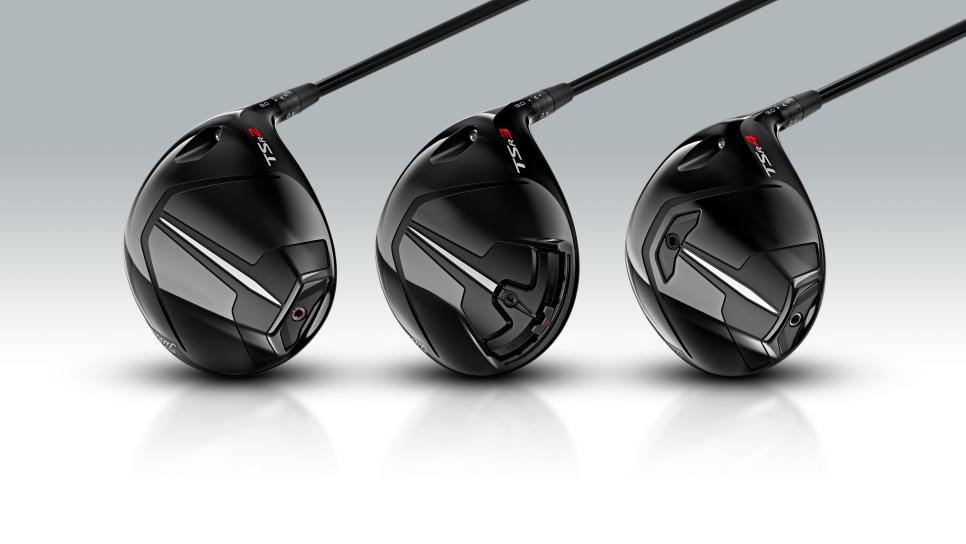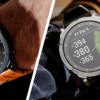Titleist, the leading brand of golf equipment, has unveiled the Titleist TSR family of drivers, marking the third generation of drivers in its “speed project.” The line includes the TSR2, which offers maximum forgiveness for players whose impact patterns involve most of the face; the TSR3, which targets the more consistent player with extra horsepower for center hits; and the TSR4, which focuses on the lowest spin and a more compact shape. These three drivers aim to enhance performance for the particular characteristics of a specific type of player.
The TSR drivers bring together a series of powerful speed elements to achieve maximum performance. One of these elements is the sleeker overall shape, which has almost nothing to do with aesthetics and just about everything to do with aerodynamics. Titleist has reworked the shaping of the hosel opening and the back end of each driver into a “boat-tail” shape to reduce turbulence and drag, providing a dramatic gain in the larger footprint TSR2. Even taking the flat weight off the sole and moving it to the “boat tail” section in the back improves the aerodynamics of the sole geometry.
Titleist also utilized a special high-strength, high flexibility titanium alloy in the face of the TSR drivers. In the past, Luttrell’s team learned they could go farther within the way the ruling bodies limit how springy faces can be. They’ve essentially learned what the boundary conditions are, and then that becomes their design guide. The faces of the three drivers are indeed distinct. Since the TSR2 player is most benefited by a face that helps out on mishits, it employs a multilevel variable face thickness design to provide more consistent ball speeds on off-center hits. Meanwhile, the TSR3 focuses less on those extremes and looks to optimize center hits. A thicker perimeter section concentrates more flexing in the center section than previously, something that couldn’t be done in the past with a traditional titanium alloy.
Titleist’s third-generation drivers also have a lower and more forward center of gravity to reduce spin, which has become of paramount importance, especially through more forward CGs. The TSR3’s movable weight again shifts CG across a fairly narrow range, but that’s purposeful, Luttrell said. “We’ve found our sweet spot there,” she said. “This is intended to be a precision fine-tuning tool. It obviously can affect dispersion control, but it also allows us what we think is the more important element of matching cg with a player’s impact location and optimizing speed and distance through that.”
The TSR drivers feature Titleist’s 16-way adjustable hosel and are offered with four stock shaft options: True Temper HZRDUS Red CB and HZRDUS Black 4G, Mitsubishi Tensei AV Blue (XLink), and Tensei 1K Black. Four custom upgrade shafts are also available from Graphite Design. The TSR2 and TSR3 are offered in 8.0, 9.0, 10.0, and 11.0 lofts, while the TSR4 comes in 8.0, 9.0, and 10.0 lofts. The TSR drivers will be available at retail on September 23 at $600.
Overall, the Titleist TSR drivers are a significant step up from their predecessors, offering a sleeker shape, aerodynamic refinements, and lower, more forward centers of gravity to boost club head speed. Titleist has once again delivered on its promise of enhanced velocity, making the ball go farther and faster with the TSR family of drivers.



